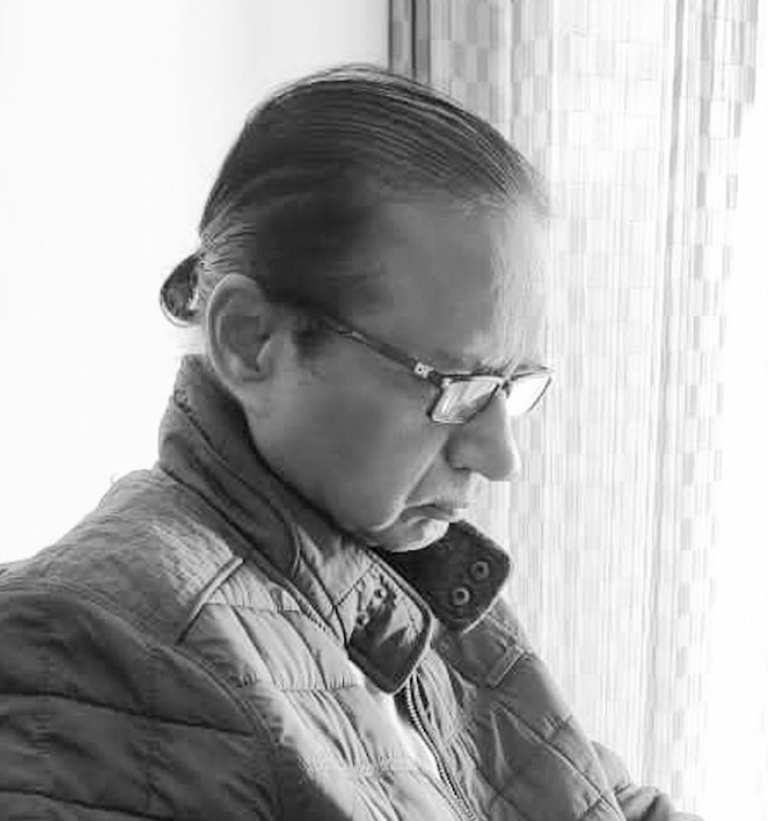Note: This article was originally published in The Express Tribune
ISLAMABAD: In their latest survey, Gallup & Gilani Pakistan asked a nationally representative sample of adult men and women: “Compared to ten years ago, do you feel more financially prosperous, less prosperous, or indifferent?”
Surprisingly, 35% of respondents reported feeling financially better off now compared to 10 years ago.
In their responses, 14% of respondents felt ‘Very prosperous’, while 21% reported feeling ‘Somewhat prosperous’ (totalling 35%). Additionally, 16% indicated ‘No difference’, 29% expressed feeling ‘Somewhat less prosperous’, 15% noted feeling ‘Much less prosperous’, and 5% either did not know or did not respond.
This optimism is surprising, particularly considering the severe political and economic instability in Pakistan from 2014 to 2023. The COVID-19 pandemic further exacerbated social and economic challenges, disrupting global supply chains, which are still in the process of recovery.
Following the COVID-19 lockdowns, increased government spending, combined with other factors, triggered the worst-ever wave of inflation, affecting both developed and developing nations alike.
In Pakistan, the post-pandemic years witnessed a significant surge in the Consumer Price Index (CPI). In 2020, inflation stood at 11.5%, rising to 12.3% in 2021. By 2022, the rate had jumped to 24.5%, further escalating to 29.7% in 2023.
In May 2023, it reached an all-time high rate of 37.97%. By January of this year, it had decreased to 28.34% from 29.66% in December 2023.
The Gallup survey reflects people’s beliefs. How do we reconcile the 14% (Very prosperous), 21% (Somewhat prosperous), and 16% (No difference) responses with the 29% (Somewhat less prosperous) and 15% (Much less prosperous) responses?
The responses of the latter group, comprising 44%, align with the significant inflationary pressures eroding their purchasing power.
But what about the better-off lot, representing 35% of respondents? Here, a reality check is needed to assess the situation and contrast it with the expectations of economically and politically motivated commentators and analysts. They wonder why there is no unrest, why people aren’t taking to the streets, why there are no protests.
Here’s an explanation that considers the ground-level economic perspective.
Firstly, while there are economic and social issues that could potentially mobilise a segment of the population, no political party is willing to champion these causes. Their focus remains on power politics.
Secondly, pervasive political and social uncertainty prevents people from taking independent action.
Thirdly, the current political crisis has further complicated matters, causing widespread concern about the future and prioritising immediate well-being.
Most importantly, the Civil Economy serves as a buffer, allowing people to withstand the impact of hyperinflation. This resilience extends to coping with escalating electricity and gas prices.
What exactly is this Civil Economy? It’s the economy unfolding on the ground, in bustling streets, markets, humble homes, and narrow roads. Evidence supporting this abounds; take a stroll and observe it first-hand.
Undoubtedly, the lowest strata of the middle class have borne the brunt of unprecedented hyperinflation and continue to do so. However, their resilience shines through as they find ways to earn a living through innovative means. This adaptability is true entrepreneurship in action.
The true resource lies within the people themselves; they create and sustain their livelihoods, benefiting not only themselves but also others. This is their economy—the civil economy—that underpins society. In reality, it is the people who uphold the state economy by contributing taxes and supporting its functioning.
Therefore, it’s the civil economy that has empowered people to sustain themselves and endure hyperinflation. Without it, this resilience would not have been possible. Consider what would happen if there were no civil economy, or if its size were too small: coping with hyperinflation would be impossible.
Lesson learned: The civil economy is indeed a blessing. Let it prosper.
